Notice
1. RDF Graph Pattern Matching
- document 1 document 2 document 3
- niveau 1 niveau 2 niveau 3
Descriptif
This third part presents the SPARQL (pronounced sparkle) Query Language that enables users to query RDF triple stores. The SPARQL query language enables us to access data sources on the Web. It is part of a set of recommendations about the Web of Linked Data.
This course is structured into six parts and we will start by the RDF graph pattern matching.
Intervention
Thème
Documentation
Dans la même collection
-
2. Statements
GANDON Fabien
FARON Catherine
CORBY Olivier
This video présents the SPARQL Statements. The first statement is the optional pattern. It enables to specify a part of a graph pattern that is
-
Demos about SPARQL
GANDON Fabien
FARON Catherine
CORBY Olivier
Flint, a SPARQL Query Editor Editors are now available for SPARQL. We present the Flint structured editor which provides syntactic coloration. The editor proposes SPARQL keywords according to the
-
4. Pre and Post Processing
GANDON Fabien
FARON Catherine
CORBY Olivier
In the fourth part, we will see the pre and post processing of a SPARQL query. An RDF dataset is composed of a default graph
-
6. Results and Update
GANDON Fabien
FARON Catherine
CORBY Olivier
In the last part, we will see the result format and Update query. The format of SPARQL query results are also standardized by the
-
3.Filter, Constraint and Function
GANDON Fabien
FARON Catherine
CORBY Olivier
In the third part, we will see the filters, constraints and functions. It is possible to filter the results of query using
-
5. Several Query Forms
GANDON Fabien
FARON Catherine
CORBY Olivier
In the fifth part, we will see several query forms. Until now, we have seen the select where SPARQL query form but there are
Avec les mêmes intervenants et intervenantes
-
4. Values, Types and Languages
GANDON Fabien
FARON Catherine
CORBY Olivier
This sequence is about the specificities of the RDF model related to typing literal values and resources in an RDF graph and indicating the
-
Demos about SPARQL
GANDON Fabien
FARON Catherine
CORBY Olivier
Flint, a SPARQL Query Editor Editors are now available for SPARQL. We present the Flint structured editor which provides syntactic coloration. The editor proposes SPARQL keywords according to the
-
Conclusion of the MOOC Introduction to a Web of Linked Data
GANDON Fabien
FARON Catherine
CORBY Olivier
This video gives a summary of all the notions that have been presented in the 4 parts of the MOOC Introduction to a Web of Linked Data. We saw that we can use HTTP URIs to
-
5. Several Query Forms
GANDON Fabien
FARON Catherine
CORBY Olivier
In the fifth part, we will see several query forms. Until now, we have seen the select where SPARQL query form but there are
-
3. From pages to resources
GANDON Fabien
FARON Catherine
CORBY Olivier
In this third part, we will see another evolution of the Web, or more precisely, an evolution of the way we use the Web. We will
-
7. RDF Schema
GANDON Fabien
FARON Catherine
CORBY Olivier
This sequence will introduce you to the RDF Schema, the standard to represent vocabularies to be used in RDF descriptions. In the
-
3. JSON-LD: JSON syntax for RDF
GANDON Fabien
FARON Catherine
CORBY Olivier
JSON-LD is a JSON syntax for RDF. JSON stands for JavaScript Object Notation. It is a hierarchical structure of name-value pairs. It is
-
2. A Triple Model and a Graph Model
GANDON Fabien
FARON Catherine
CORBY Olivier
This sequence will introduce the principles of the RDF model. We will see that it is a triple model and a graph model. RDF stands for
-
4. Pre and Post Processing
GANDON Fabien
FARON Catherine
CORBY Olivier
In the fourth part, we will see the pre and post processing of a SPARQL query. An RDF dataset is composed of a default graph
-
6. LDP : a REST API to linked data
GANDON Fabien
FARON Catherine
CORBY Olivier
This part is about the Linked Data Platform standard which provides the REST API to link data. This is a set of standardized HTTP and RDF
-
4. Linked Data Principles
GANDON Fabien
FARON Catherine
CORBY Olivier
In this fourth part, we're going to see the principles behind Linked Data. What we're going to do is to change slightly how we
-
1. Historical Introduction to the Web Architecture
GANDON Fabien
FARON Catherine
CORBY Olivier
Going back in history, back in 1945, Vannevar Bush wrote an article entitled "As we may think". In this article, he
Sur le même thème
-
Participation et citoyenneté en régime numérique : vers de nouvelles dynamiques de recherche ? Vidé…
BOUTé Édouard
MABI Clément
LUPOVICI Raphaël
MICHEL Louise
DILé-TOUSTOU Jules
AUBERT Romain
Mobilisées en politique depuis plusieurs décennies (Vedel, 2006), les technologies de l’information et de la communication numérique (TICN), et notamment internet et le web connaissent au tournant des
-
Participation et citoyenneté en régime numérique : vers de nouvelles dynamiques de recherche ? Vide…
BOUTé Édouard
DESPONTIN LEFèVRE Irène
MABI Clément
LUPOVICI Raphaël
MICHEL Louise
Mobilisées en politique depuis plusieurs décennies (Vedel, 2006), les technologies de l’information et de la communication numérique (TICN), et notamment internet et le web connaissent au tournant des
-
L'art contemporain en temps de confinement
GIREL Sylvia
Le 14 mars 2020 tous les lieux d’exposition sont sommés par décret de fermer leurs portes. L’art contemporain n’y échappe pas et comme la majorité des secteurs d’activités en France ce sera plusieurs
-
Controverses et médiatisation autour du halal
RIGONI Isabelle
Séance : Controverses et médiatisation " Vous avez dit halal ? " Normativités islamiques, mondialisation et sécularisation Colloque international, 7-8 novembre 2013, IISMM-EHESS, Salle Claude Lévi
-
Contourner la frontière par la toile. La fabrique d’un territoire communautaire par les nouvelles t…
MERZA Eleonore
Palestiniens et Israéliens deux décennies après Oslo : anatomie, vécus et mouvements d'une séparation Colloque du 17, 18 et 19 Février 2011, Maison méditerranéenne des sciences de l'homme, Aix-en
-
-
[COLLOQUE] Festival de l’intelligence artificielle Avignon 2021 table ronde 2
FESTIVAL de L’intelligence Artificielle le 18 et 19 Novembre 2021
-
[COLLOQUE] FrenchTech Grande Provence and LIAvignon : L’IA de demain
FESTIVAL de L’intelligence Artificielle le 18 et 19 Novembre2021
-
[COLLOQUE] Festival de l’intelligence artificielle Avignon 2021 table ronde 1
FESTIVAL de L’intelligence Artificielle le 18 et 19 Novembre 2021
-
[COLLOQUE] Festival de l’intelligence artificielle Avignon 2021 - Les assistants personnels vocaux,…
FESTIVAL de L’intelligence Artificielle le 18 et 19 Novembre 2021. Table ronde 3. Les assistants personnels vocaux, généralistes ou spécifiques ? Jusqu’où personnaliser les services ?
-
[COLLOQUE] Festival de l’intelligence artificielle Avignon 2021 introduction
FESTIVAL de L’intelligence Artificielle le 18 et 19 Novembre2021
-








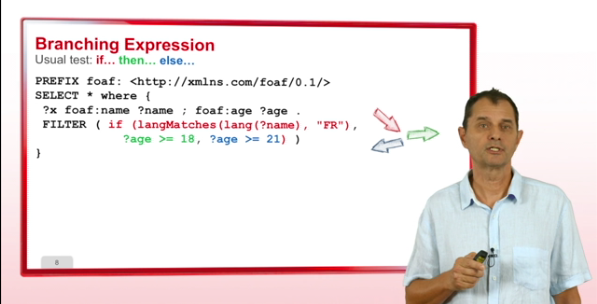
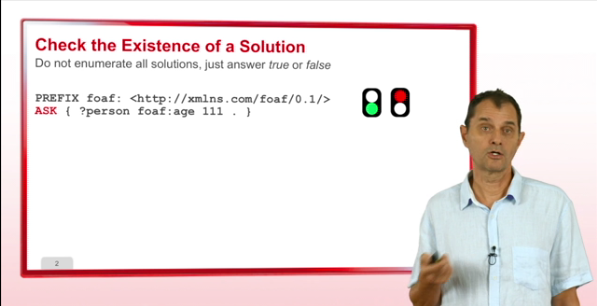
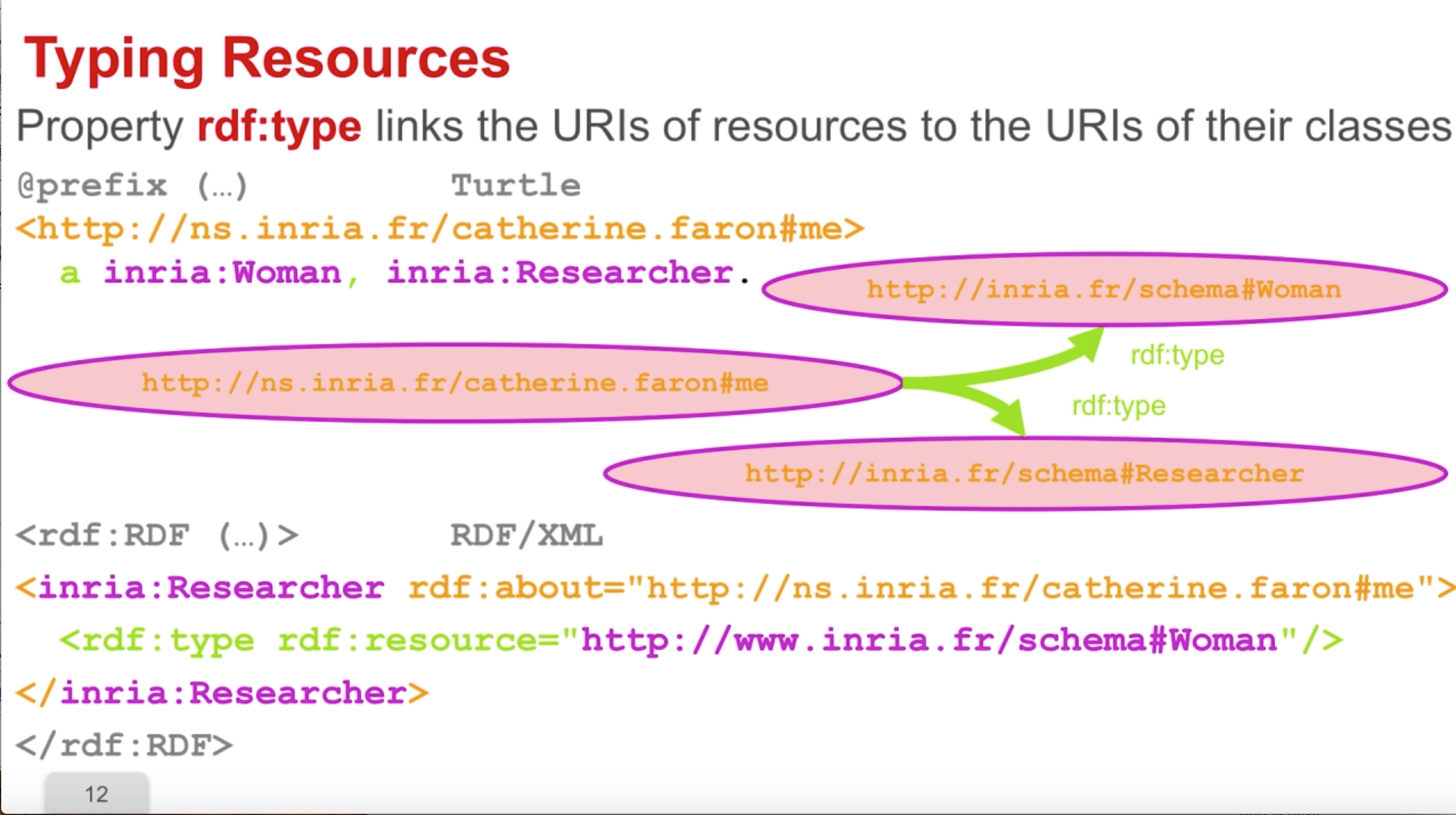





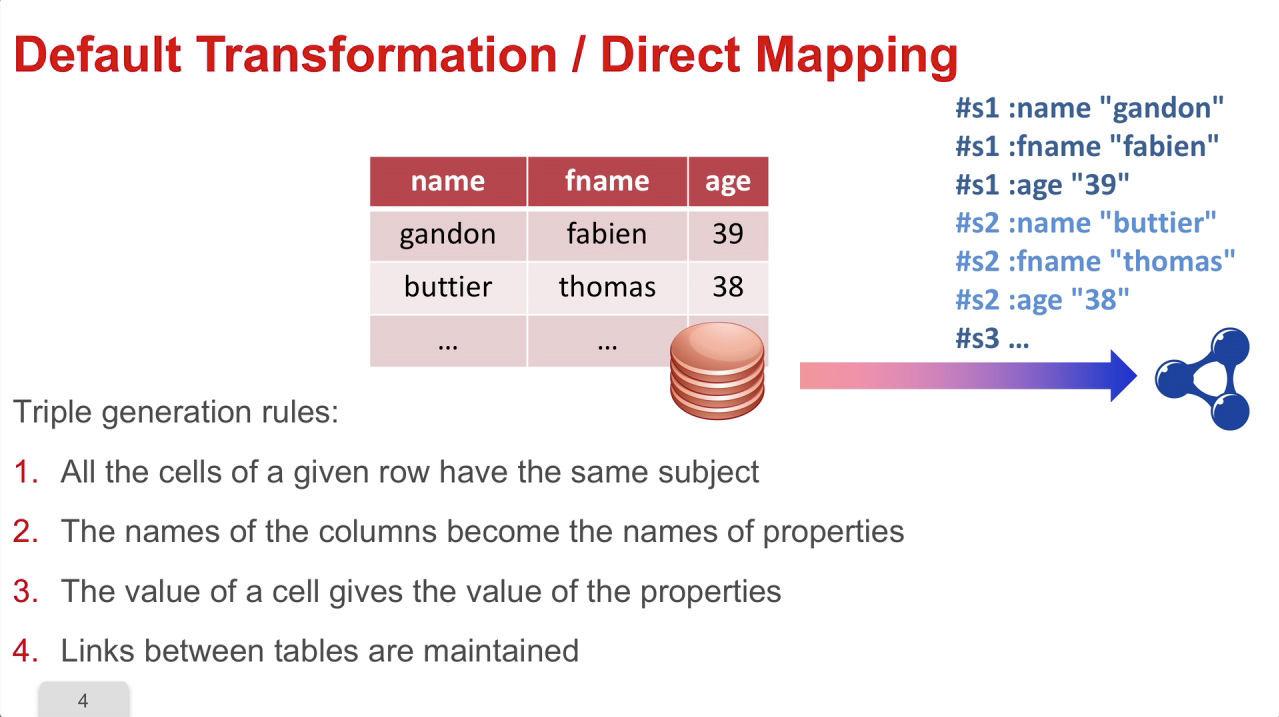
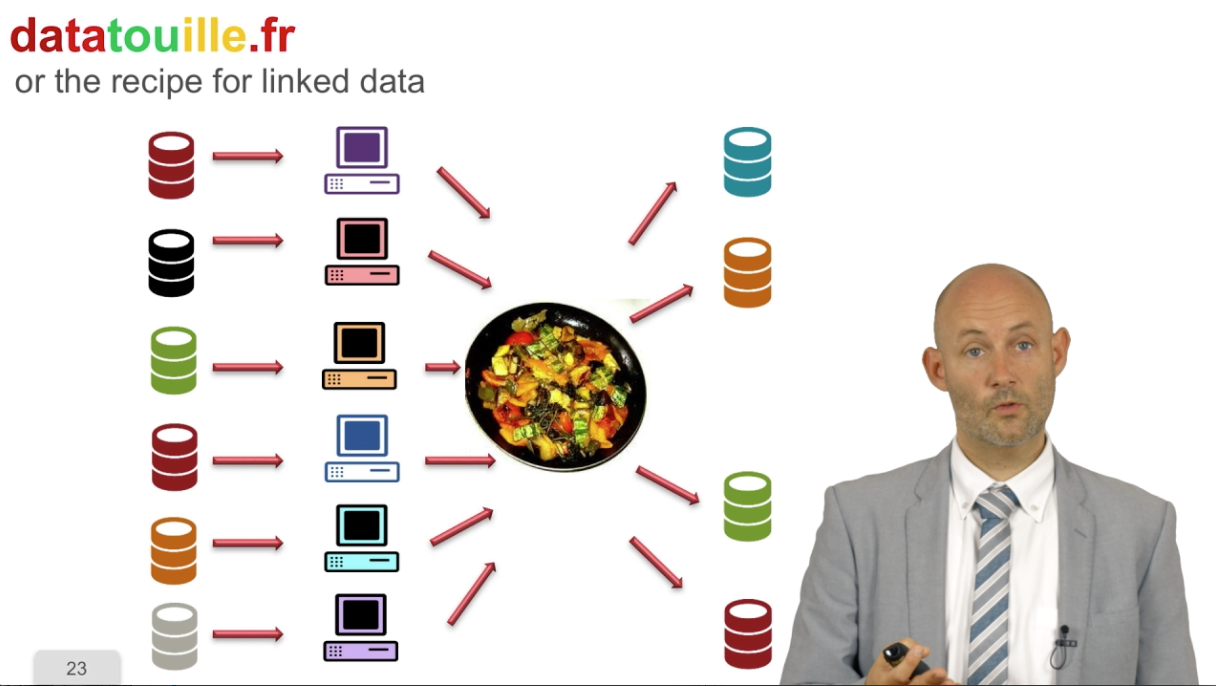
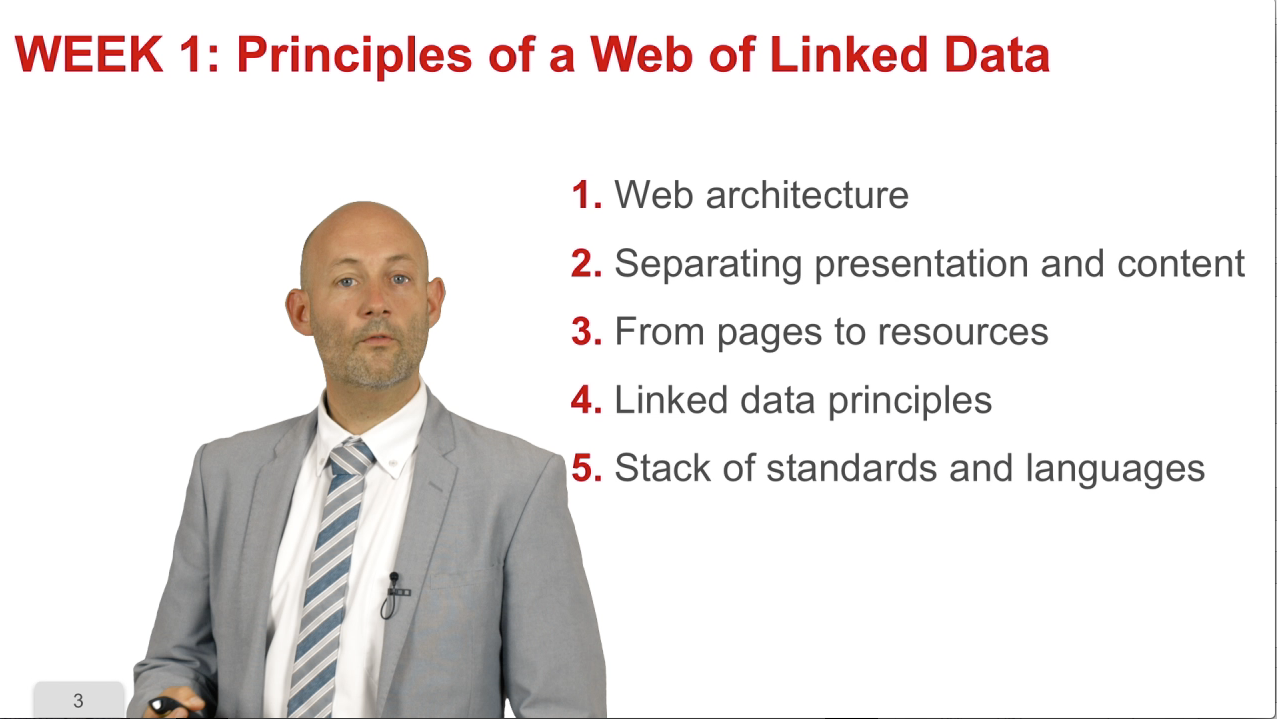
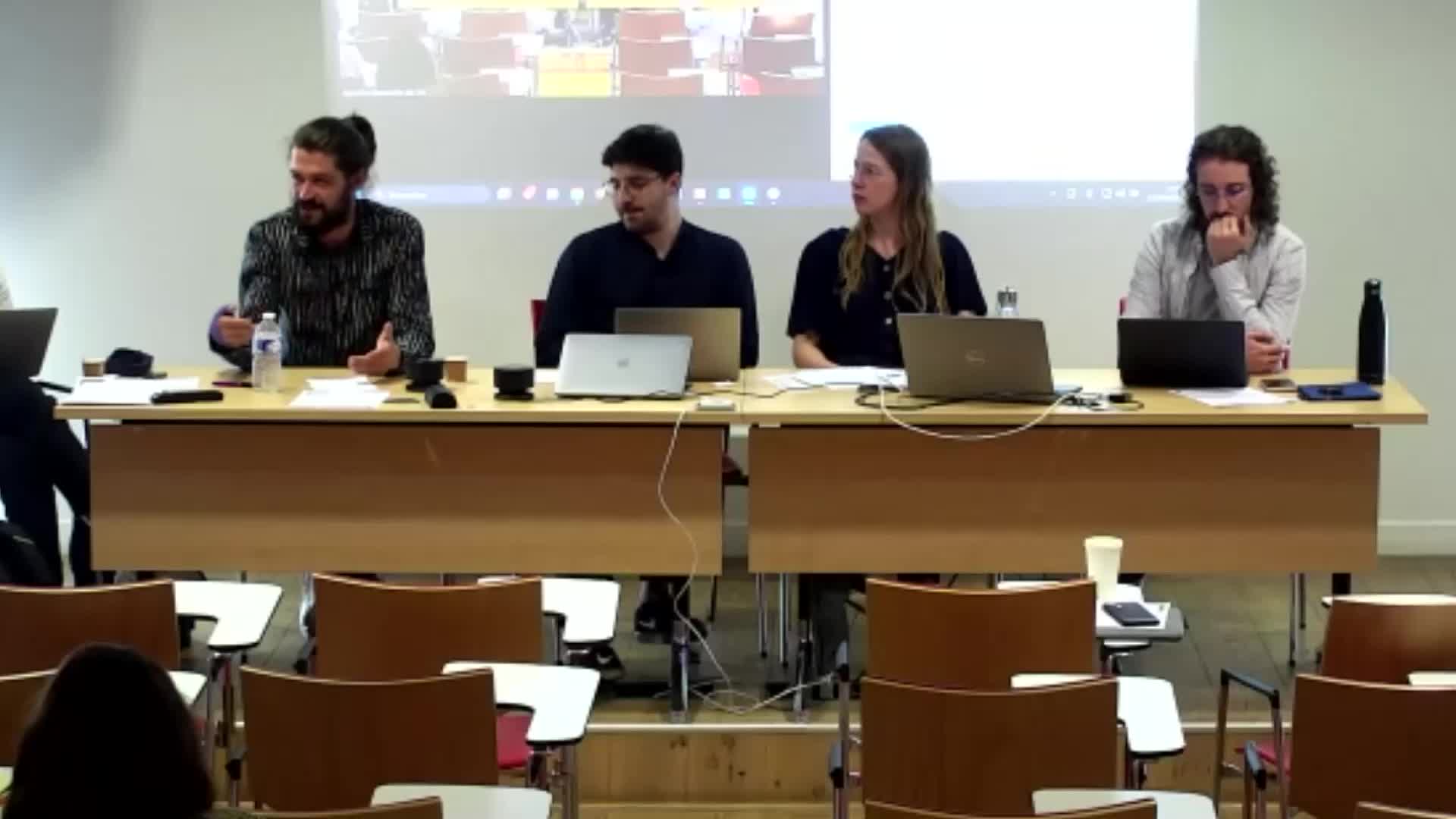
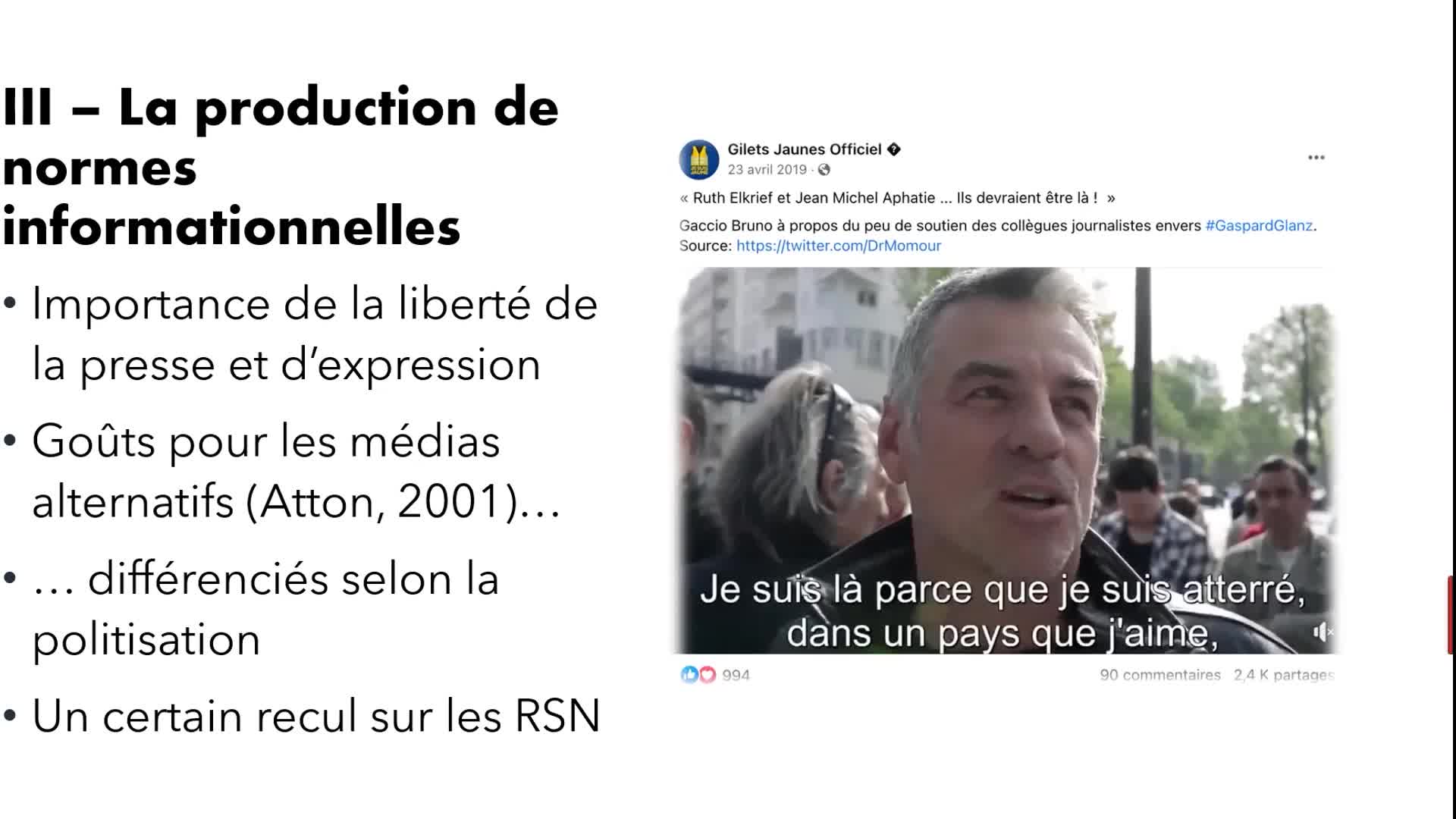
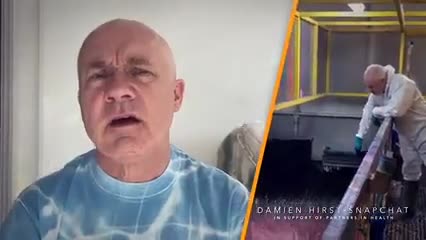

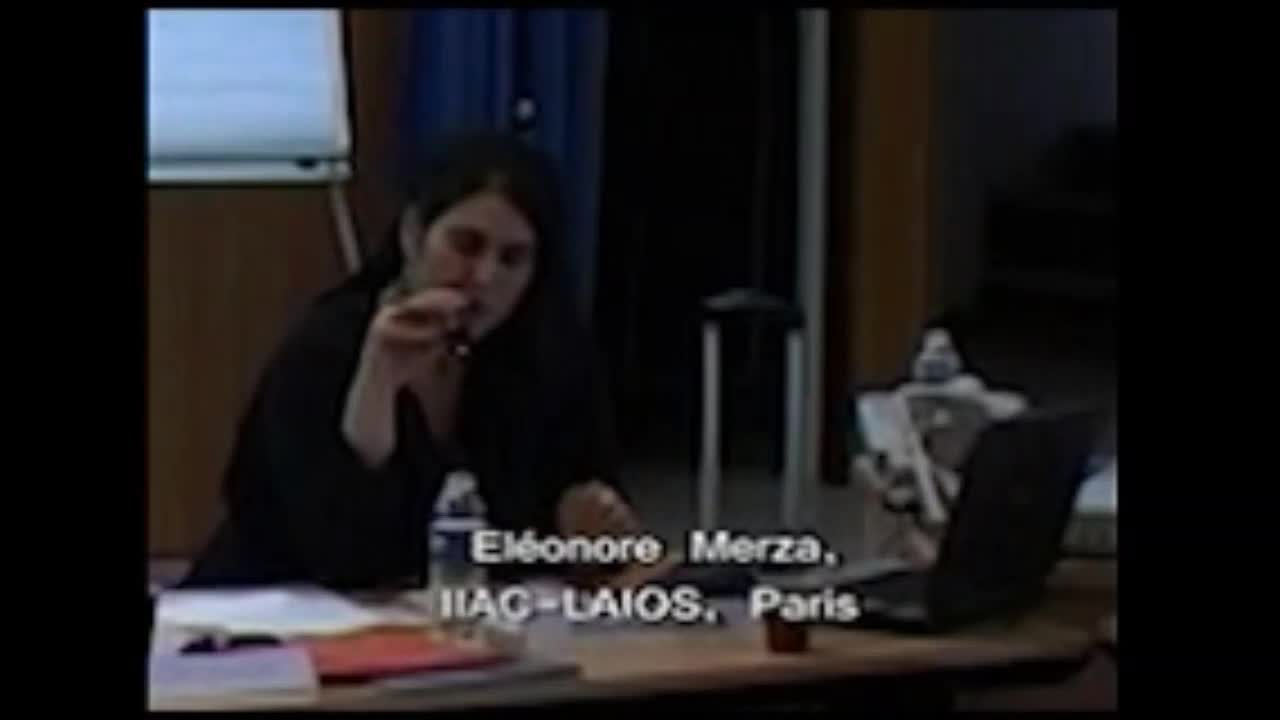
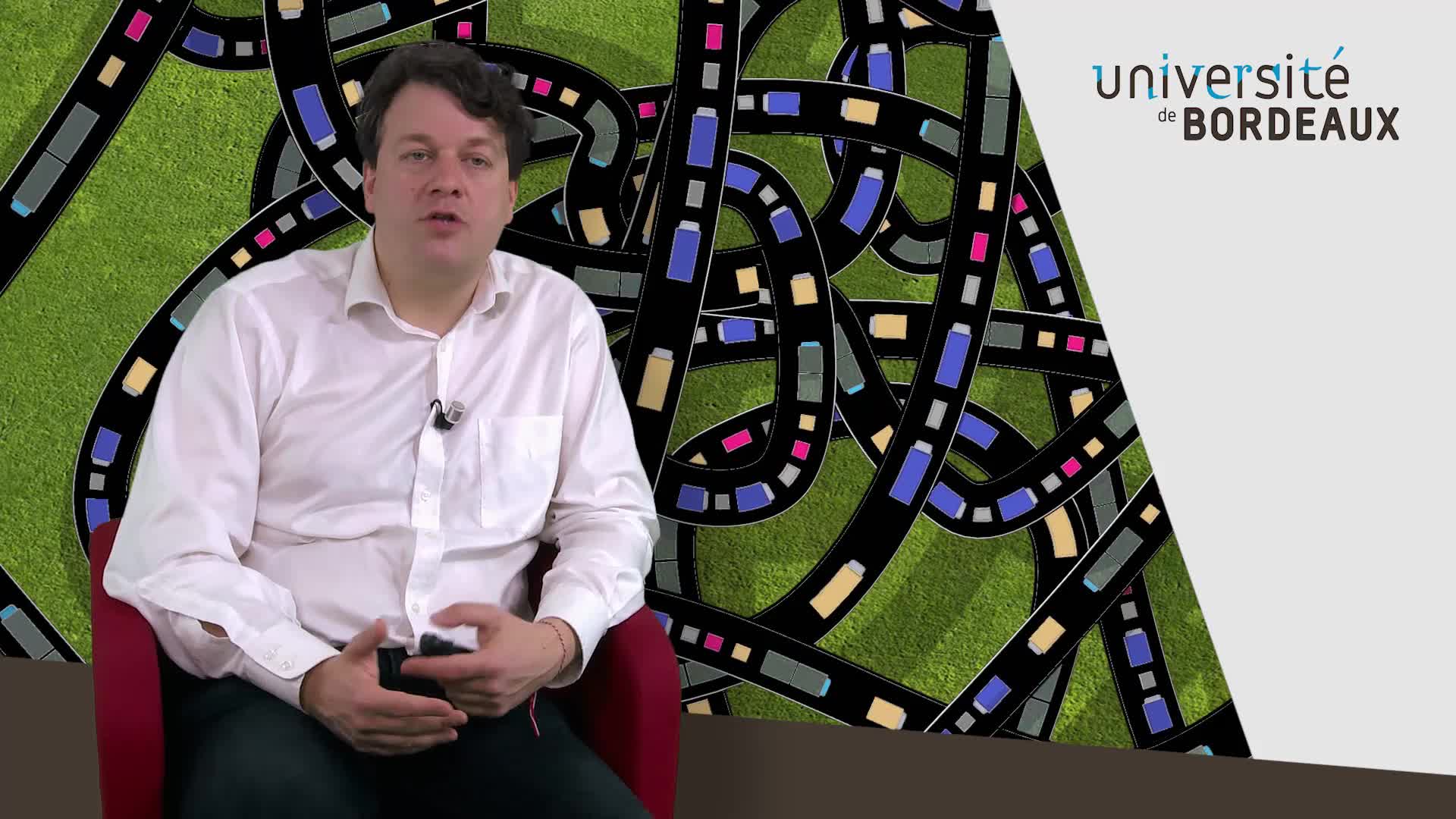
![[COLLOQUE] Festival de l’intelligence artificielle Avignon 2021 table ronde 2](https://vod.canal-u.tv/videos/media/images/universite_d_avignon_et_des_pays_de_vaucluse/.colloque.festival.de.l.intelligence.artificielle.avignon.2021.table.ronde.2_64807/vignette.jpg)
![[COLLOQUE] FrenchTech Grande Provence & LIAvignon : L’IA de demain](https://vod.canal-u.tv/videos/media/images/universite_d_avignon_et_des_pays_de_vaucluse/.colloque.frenchtech.grande.provence.liavignon.l.ia.de.demain_64813/vignette.jpg)
![[COLLOQUE] Festival de l’intelligence artificielle Avignon 2021 table ronde 1](https://vod.canal-u.tv/videos/media/images/universite_d_avignon_et_des_pays_de_vaucluse/.colloque.festival.de.l.intelligence.artificielle.avignon.2021_64135/vignette.jpg)
![[COLLOQUE] Festival de l’intelligence artificielle Avignon 2021 table ronde 3](https://vod.canal-u.tv/videos/media/images/universite_d_avignon_et_des_pays_de_vaucluse/.colloque.festival.de.l.intelligence.artificielle.avignon.2021.table.ronde.3_64809/vignette.jpg)
![[COLLOQUE] Festival de l’intelligence artificielle Avignon 2021 introduction](https://vod.canal-u.tv/videos/media/images/universite_d_avignon_et_des_pays_de_vaucluse/.colloque.festival.de.l.intelligence.artificielle.avignon.2021.introduction_64815/vignette.jpg)
![[COLLOQUE] Festival de l’intelligence artificielle Avignon 2021 Présentation de La chaire LIA Avignon](https://vod.canal-u.tv/videos/media/images/universite_d_avignon_et_des_pays_de_vaucluse/.colloque.festival.de.l.intelligence.artificielle.avignon.2021.presentation.de.la.chaire.lia.avignon_64811/vignette.jpg)